HUB-IN Interview | Value, Finance and Ownership of Heritage-led Regeneration by the Citymaker-Fund
HUB-IN Interviews: A focus on the Financing Models for Historic Urban Area (HUAs) projects
Novel opportunities emerge as the heritage regeneration financing landscape evolves. When looking at past and current projects, financing comes predominantly from classic public and private funding sources. Yet as we will discover that crowdfunding and community funding are increasingly becoming a part of the funding mix.
HUB-IN Places dare to experiment with new financial structures, combining traditional public funding streams with other (private) sources of funding. In creating novel financial structures, HUB-IN cities carefully balance potential shifts in the distribution of power and influence, contributing to their city’s inclusive and sustainable development.
Today’s Expert: Theo Stauttener from Citymaker-Fund
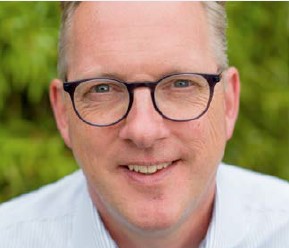
Theo Stauttener, Partner at Stadkwadraat & Co-initiator Citymaker-Fund
Citymaker-Fund recognises the difficulties that non-conventional place making projects encounter with securing finance from traditional sources e.g. banks. The fund acts as a ‘matchmaker’ between citymakers/placemakers and investors with an emphasis on projects that contribute to creating a lively and inclusive city by investing in initiatives with a clear social as well as economic return.
Why does the Citymaker-Fund exist?
I came across cases of citymakers who entered a building, made it better, and were then offered to buy at multiple times the original price. So they paid for the value they created themselves. Citymakers should be able to buy the building earlier on. That’s how the idea for the Citymaker-Fund emerged.
How does the Citymaker-Fund look differently at value?
Usage is value. It can be a simple calculation. If we get those buildings full of good users, value will come by itself. If you can calculate what a user can and wants to pay over three to five years, you can use that money to invest in the building. Investing in what is needed for the building, and needed for the user. If there is a balance, then always do it, because more value will come. The rents can then remain fixed. The return is in the value increase of the building and you can influence the return positively if you bring the right users together. You create an agglomeration effect at the lowest scale. You create a spark. It’s like the difference between coffee beans and Starbucks. The value is in there. Social, cultural and environmental value can also increase the return of real estate over time.
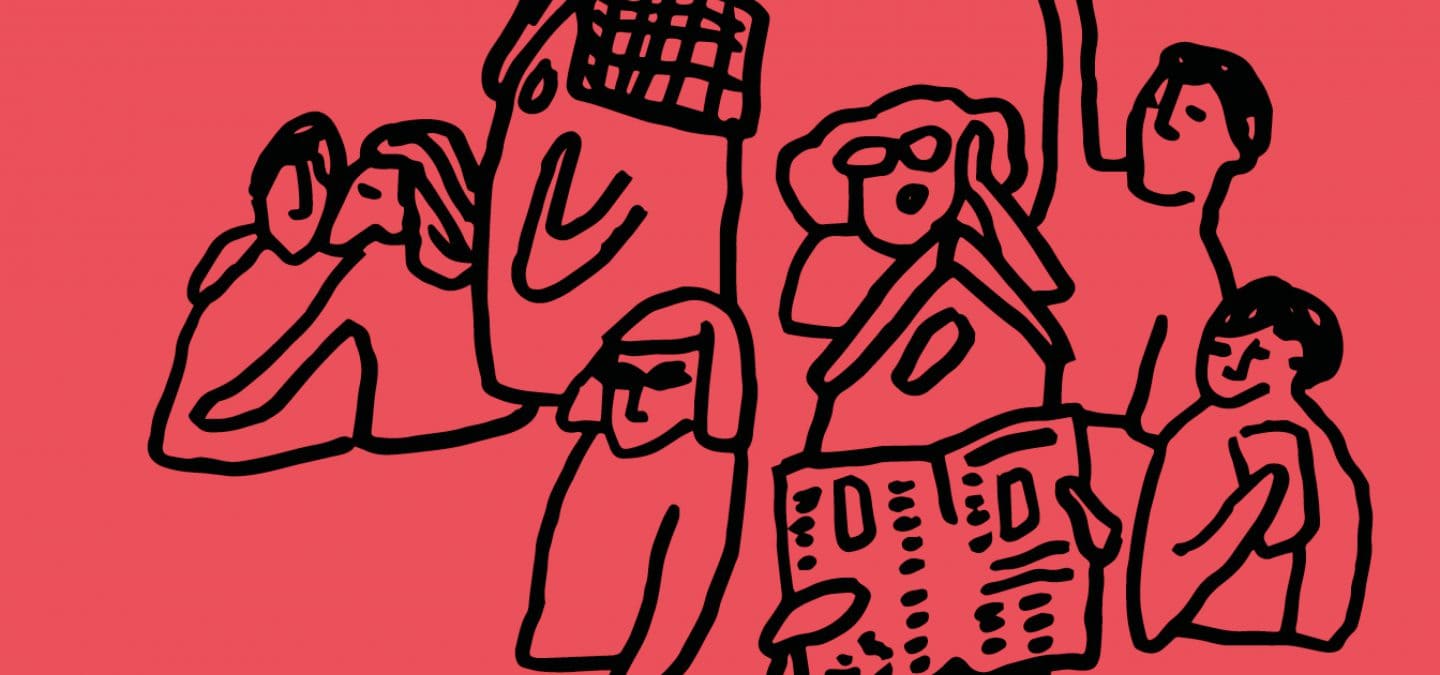
How does the Citymaker-Fund enable financing and ownership?
The challenge is that without equity you cannot get a bank loan. Banks want 70% of the loan to value. If you have no capital, you cannot get a loan. Those who provide the first 30 percent can be entities who are looking for societal returns, but how to set those returns in stone for a longer period? So we came up with societal performance indicators. We write those down, and we can leverage them. They are as strong as financial indicators. If you don’t fulfill them the financing can stop.
What would be your advice for urban heritage regeneration?
First create a buzz and be realistic, then financing becomes easier. It is vital to help the citymakers through the first phase, because after that phase much more is possible. In one case we helped citymakers who could not get a bank loan to sign intention contracts with all the entrepreneurs interested in renting. With those contracts they could get a loan. You can capitalise on the social buzz and the future economic value that results from it. Having realistic rental prices is important. It is better to set a realistic price, and provide a discount in the first stage, then to start low and having to increase the price. This can help balance the soft and the hard business case in the various stages.
Can Citymaker-Funds be applied in other European countries?
The idea behind the city-maker fund is growing. In Belgium and Switzerland there are organisations who do similar things and are interested in using the brand name. If this works in a country depends a lot on the tax regime. But the essence is that you finance an area developed through future returns.



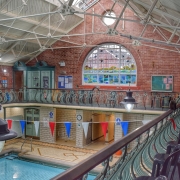 http://barefoot-em.com/swims/an-early-morning-swim-at-the-edwardian-bramley-baths/
http://barefoot-em.com/swims/an-early-morning-swim-at-the-edwardian-bramley-baths/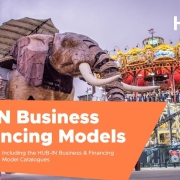
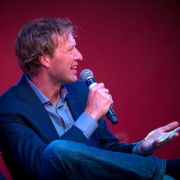
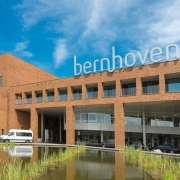
 https://www.socialfinance.org.uk/projects/palestine-development-impact-bond
https://www.socialfinance.org.uk/projects/palestine-development-impact-bond
